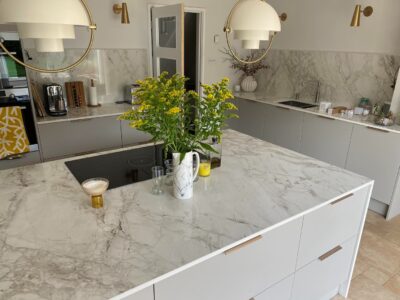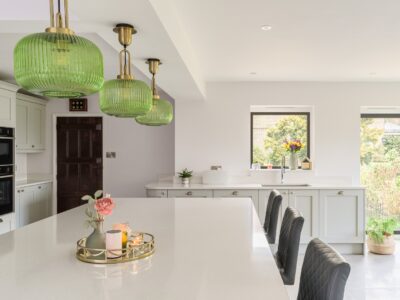In the market for stylish kitchen counters that will stand the test of time even with frequent use? Then our luxury range of porcelain worktops by market leaders like Caesarstone and Dekton could be just what you need. Available in various colours and finishes including authentic marble, speckled stone, wood effects and metallic styles, there’s a design to offset every décor scheme. We also offer multiple customisation options and an optional home measuring and installation service for added peace of mind. Sound good? Learn more below.
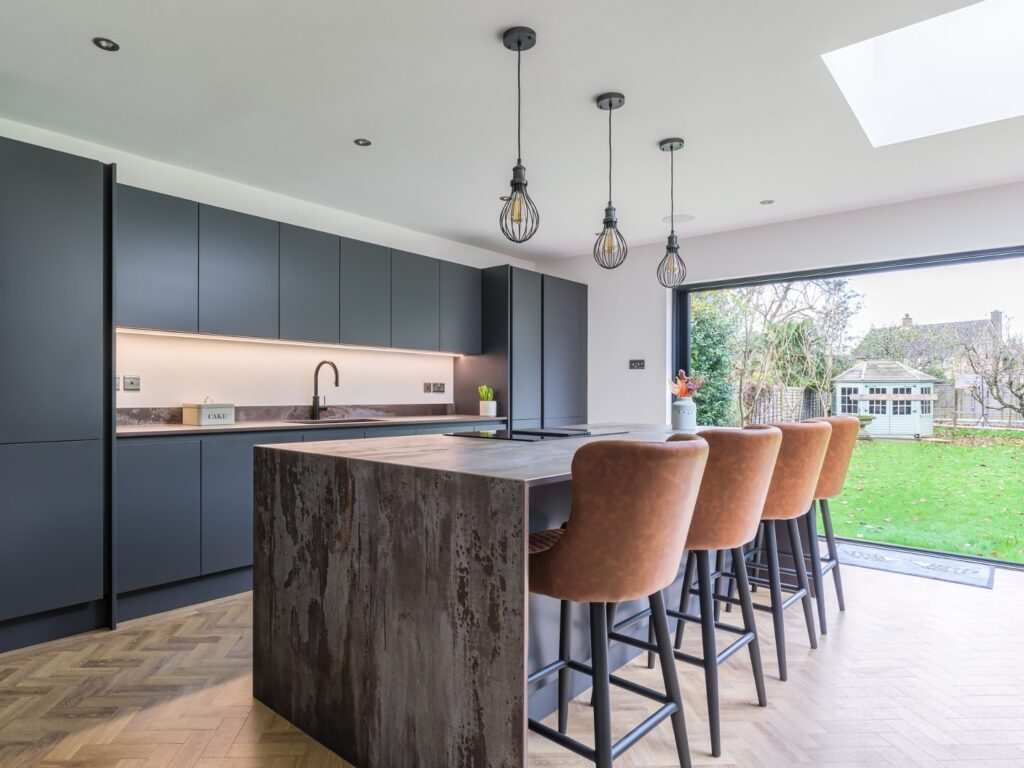
What are porcelain worktops & why are they so strong?
Formulated with China clays, Feldspar and other hardy minerals such as quartz, porcelain kitchen worktops are undeniably robust. In fact, porcelain is stronger than any other ceramic surface due to its high quality ingredients and densely compacted design. Not to mention the extremely high temperature the countertops are baked at – around 1400 degrees centigrade!
What’s more, porcelain surfaces can be supplied in a range of thicknesses to suit specific purposes. Weight-bearing worktops, for instance, must be thick enough that it can withstand stress and the rigours of daily use. Meanwhile, porcelain wall cladding will be much thinner. Just tell us what you’re after and we’ll supply and fit a surface that is well suited to the job.
Custom made porcelain countertops and more
Working alongside our partner ceramics suppliers and fabricators, we can source and fit porcelain worktops that fit like a glove. The main focus of our service is on made-to-order kitchen counters to top-off cabinets, breakfast bars and islands. But we can also provide porcelain surfaces for splashbacks, bathroom basin units, wall cladding and flooring.
Whichever product you choose, it will be shaped to fit your space using hi-tech computerised machinery for accuracy. We can also incorporate fixtures into the template, for example, by making precision cut-outs for sinks and hobs. That way, you won’t need to rearrange your current kitchen layout and your finished porcelain countertop will be delivered ready to install.
Contact our team to discuss your remodelling plans and book a free home measuring survey.
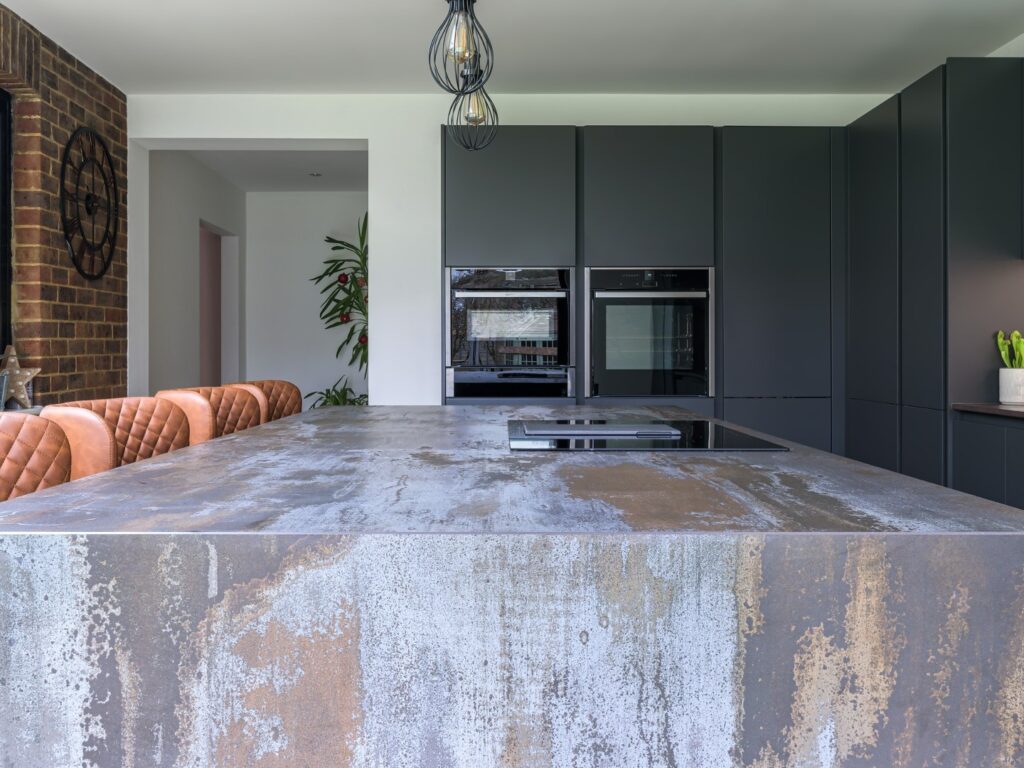
Benefits of ceramic worktops
- Durability: Ceramic/sintered surfaces are highly durable and resistant to scratches, heat and impact. They can withstand daily wear and tear, making them suitable for busy kitchens.
- Stain resistance: These surfaces are non-porous, which means they don’t absorb liquids and are resistant to stains. This makes them easy to clean and maintain.
- Hygienic: The non-porous nature of ceramic/sintered surfaces also means they are less likely to harbour bacteria and germs, providing a more hygienic environment in the kitchen.
- Aesthetics: These surfaces are available in a wide range of colours, patterns and finishes, offering various design possibilities to match different kitchen styles.
- UV resistance: Ceramic/sintered surfaces are UV stable, meaning they won’t fade or discolour when exposed to sunlight. This makes them suitable for both indoor and outdoor applications.
- Chemical resistance: They are resistant to many household chemicals, reducing the risk of surface damage from common cleaning agents.
- Environmentally friendly: Some sintered surfaces use recycled materials in their manufacturing process, making them more eco-friendly.
Disbenefits
- Cost: Ceramic/sintered surface worktops can be more expensive than other materials like laminate or solid surface options.
- Brittleness: While these surfaces are durable, they can be more brittle compared to natural stone, which means they can chip or crack if subjected to significant impact or pressure.
- Installation complexity: Due to their weight and potential brittleness, installing ceramic/sintered surfaces requires professional expertise.
- Limited DIY repairs: If the surface gets damaged, repairs can be challenging, and it’s often best to seek professional help..
- Cold surface: Some people may find ceramic/sintered surfaces to be colder to the touch than materials like wood or laminate.
- Seam visibility: Depending on the design and layout, seams may be visible, affecting the overall appearance.
- Weight: These surfaces are heavy, and the cabinets and support structure must be robust enough to handle the load.
Choose your porcelain
There are countless porcelain and ceramic surfaces featured in our request a sample gallery, a few of which are highlighted below. We update this gallery every 12 weeks. Click the links below the images to view the gallery and use the filters to find a design to suit your space.

Request a sample

Request a sample

Request a sample

Request a sample
View installations

Request a sample
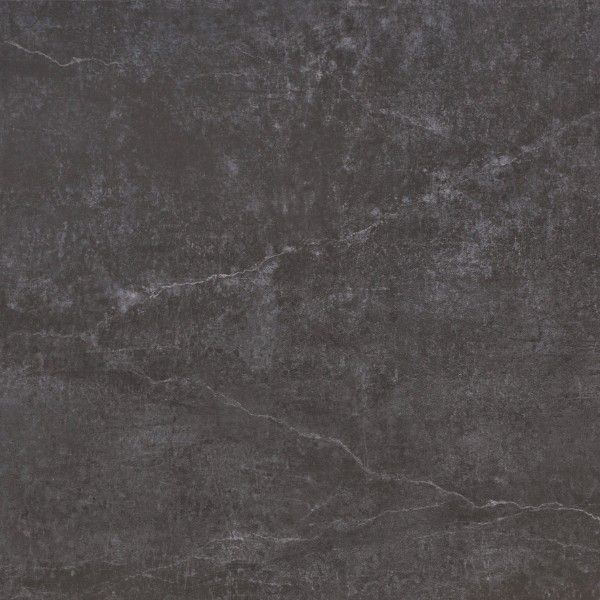
Request a sample
View installations

Request a sample
View installations

Request a sample
Our work
Need inspiration? Browse some of our recent porcelain worktop installations below. Or click the button below the images to view the full project gallery where you can filter by material.
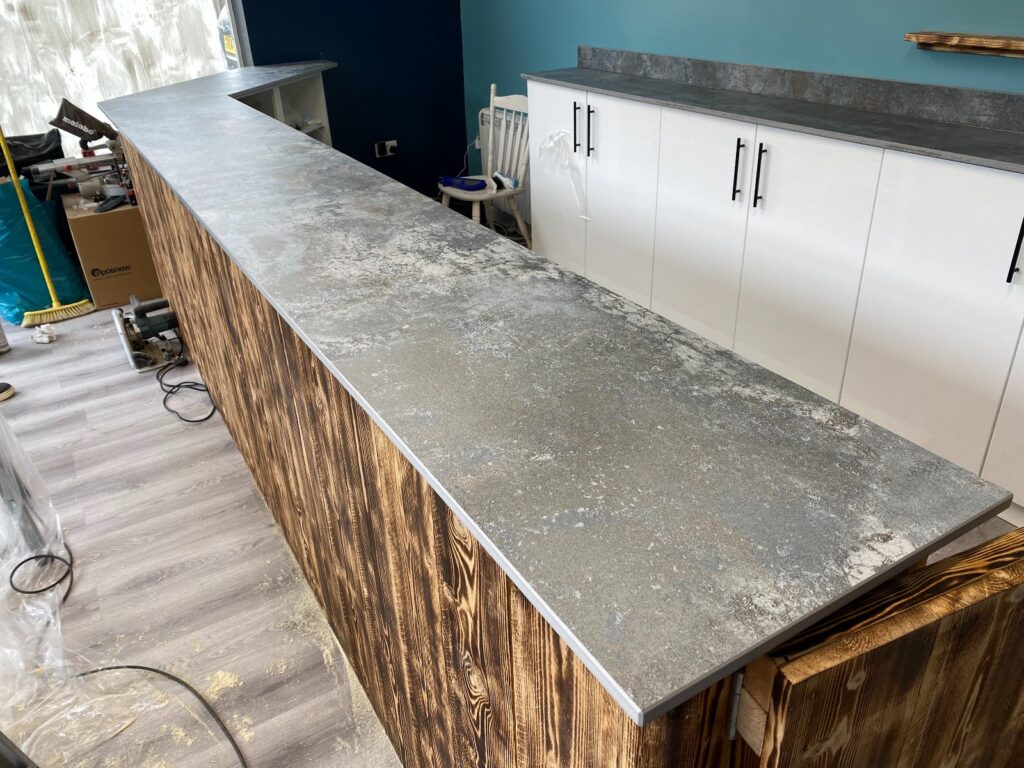
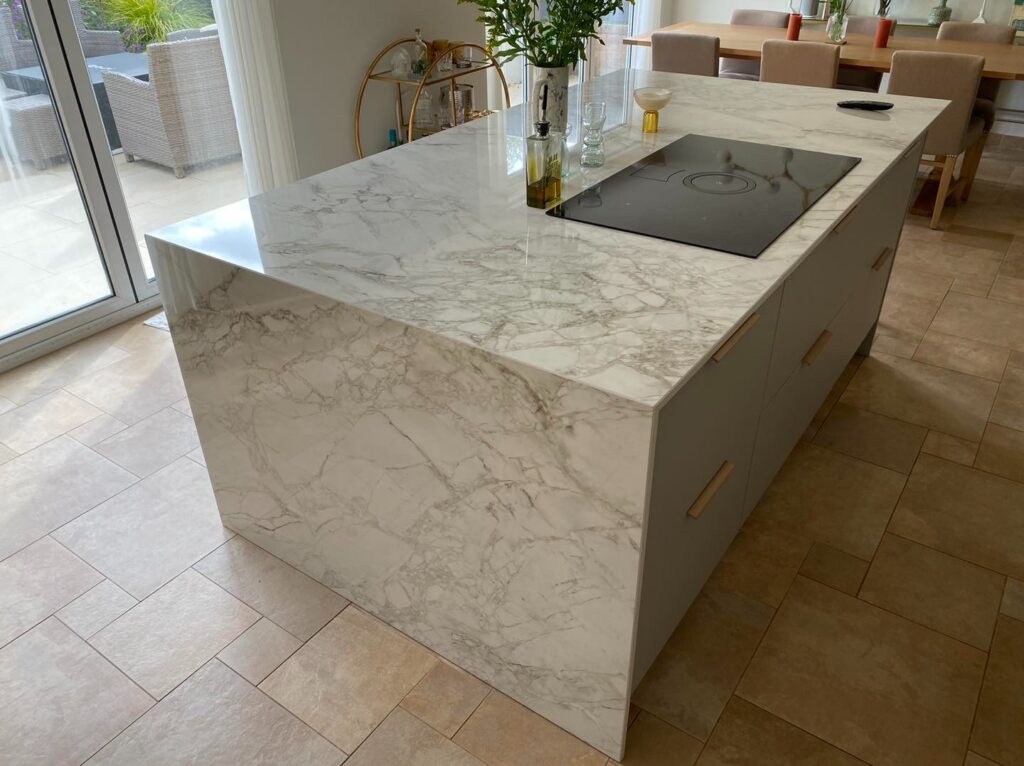
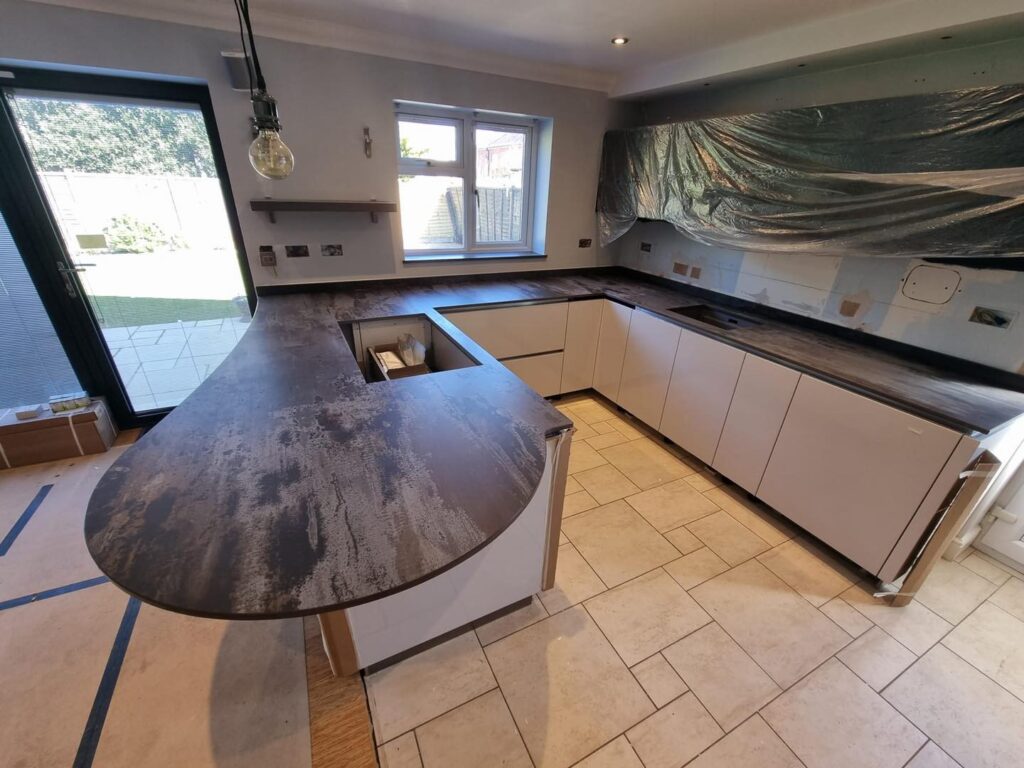

Frequently asked questions
What kinds of porcelain countertops do we supply?
- Dekton – made in Spain, Dekton products are known for their durability, countless finish options and versatility. Namely, their resistance to heat, staining and UV rays. What’s more, the brand offers a 25 year warranty on all of its porcelain worktops.
- XTONE by Porcelanosa – XTONE offers large format porcelain surfaces in 6, 12 or 20mm thicknesses and multiple authentic stone, wood and metal designs.
- Uniceramica by Brachot – engineered to mimic natural stone, Uniceramica porcelain kitchen and bathroom worktops come in limestone, marble, granite effects and more.
- Caesarstone – quartz surface specialists since the 1980s, Caesarstone also supply luxury fortified porcelain countertops with fibre-glass backing and high heat resistance.
- Neolith – made with 100% natural materials, Neolith’s ceramic worktops are stylish, minimally porous, ultra-hygienic and incredibly robust, yet fully recyclable as needed.
How do porcelain, sintered stone and ceramic worktops differ?
Porcelain countertops are also known as sintered stone worktops, with both surfaces made using the same ingredients. Meanwhile, although porcelain is a type of ceramic, most similar materials aren’t nearly as robust and they must be sealed. Porcelain is denser, sturdier and more resistant to scratches due to the fine clays and high temperatures used to create it.
Do Sussex Stoneworks deliver and install porcelain worktops?
Yes, we have an in-house fitting team on hand to deliver and install porcelain kitchen worktops and other ceramic finishes. This service is offered throughout London and the southeast of England, but we also take on bigger projects nationwide. Additionally, we can arrange home visits to measure your space beforehand using laser equipment to ensure your surface is cut to the precise size needed. Read more about our survey and installation service here.
Any questions?
We’re here to help! Use the buttons below to request a porcelain sample, drop us an email or make an appointment at our showroom. We look forward to hearing about your project.




